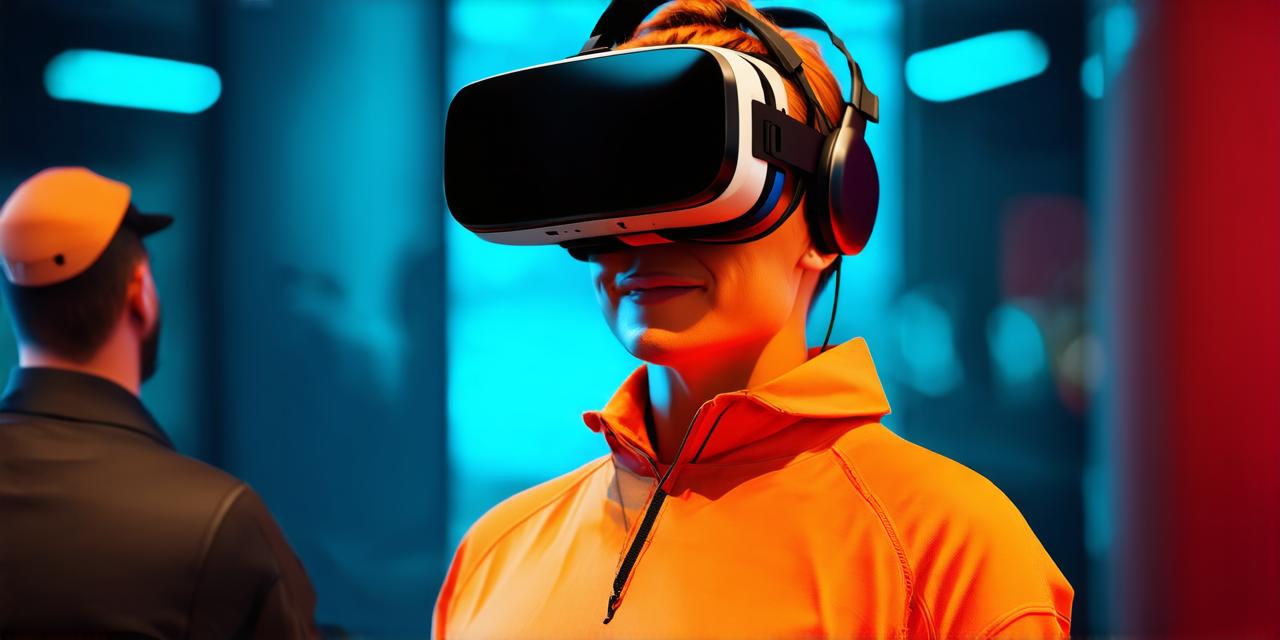Virtual reality (VR) technology has been gaining immense popularity in recent years, and its potential applications are vast. One area where VR shows great promise is in managing pain. By providing an immersive and engaging experience, VR can help individuals cope with chronic pain conditions.
The Science Behind VR and Pain Management:
Numerous studies have shown that VR can be an effective tool in managing pain. Researchers believe that VR technology can help distract individuals from focusing on pain, which is the primary mechanism behind chronic pain. Moreover, VR can help reduce anxiety, depression, and stress levels, all of which are common co-morbidities associated with chronic pain conditions.
Case Studies:
One example of how VR can be used in pain management is through the development of virtual reality simulations for surgical procedures. These simulations can help reduce the stress and anxiety associated with surgery, as well as improve patient outcomes. A study published in the Journal of Medical Internet Research found that a VR-based surgical simulation program significantly reduced preoperative anxiety levels among patients undergoing orthopedic surgery.
Another example is the use of VR in treating phobias and anxiety disorders. For instance, virtual exposure therapy has been shown to be effective in treating anxiety disorders such as social anxiety disorder, specific phobias, and generalized anxiety disorder. A meta-analysis published in the Journal of Consulting and Clinical Psychology found that virtual exposure therapy was as effective as in vivo exposure therapy in reducing anxiety symptoms.
AR Developer’s Role in Pain Management:
As an AR developer, you have a vital role to play in developing innovative solutions for pain management using VR technology. Here are some ways you can contribute:
- Develop Virtual Reality Applications: As an AR developer, you can develop virtual reality applications that provide immersive and engaging experiences for individuals with chronic pain conditions. For instance, you could develop a virtual reality simulation of a peaceful environment to distract individuals from focusing on their pain.
- Integrate Cognitive-behavioral Therapy (CBT) Techniques: You can integrate cognitive-behavioral therapy techniques into your virtual reality applications to help individuals change negative thought patterns associated with chronic pain. For example, you could develop a VR application that helps individuals identify and challenge negative thoughts about their pain.
- Collaborate with Medical Professionals: You can collaborate with medical professionals such as doctors, nurses, and therapists to develop VR applications that meet the specific needs of patients. By working closely with medical professionals, you can ensure that your VR applications are evidence-based and effective in managing pain.

Conclusion:
In conclusion, virtual reality technology has immense potential in managing pain conditions. As an AR developer, you have a crucial role to play in developing innovative solutions for pain management using VR technology. By leveraging the power of VR, you can help individuals cope with chronic pain and improve their overall quality of life.




